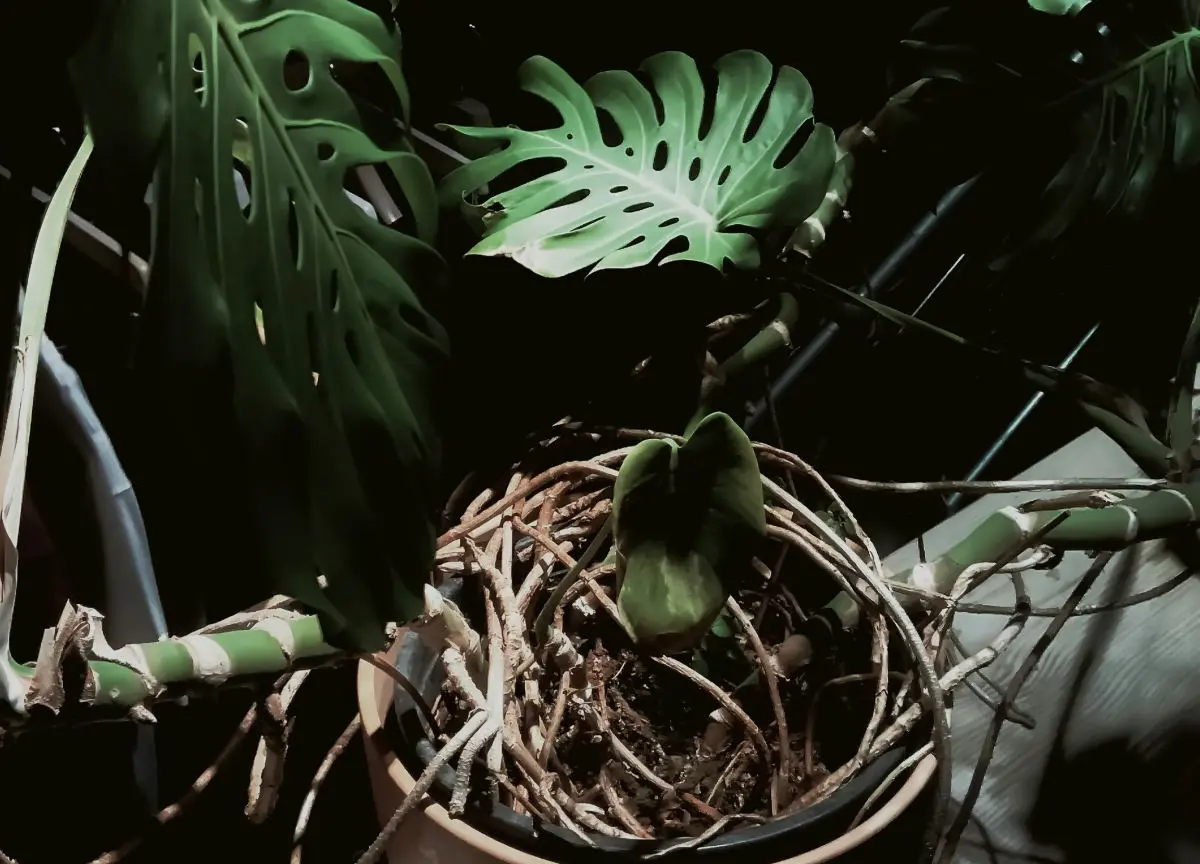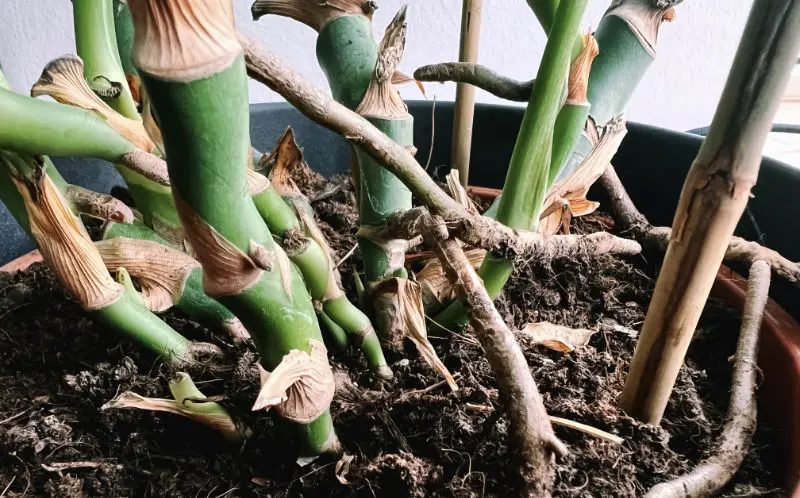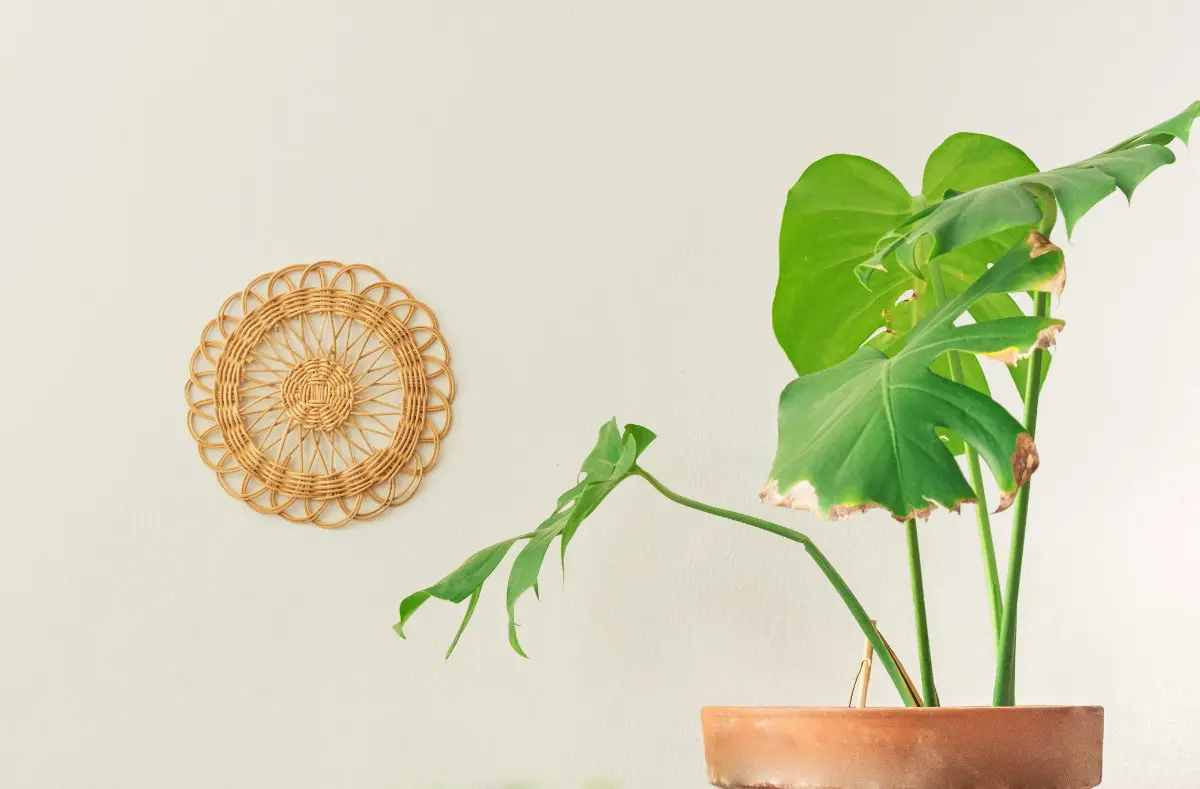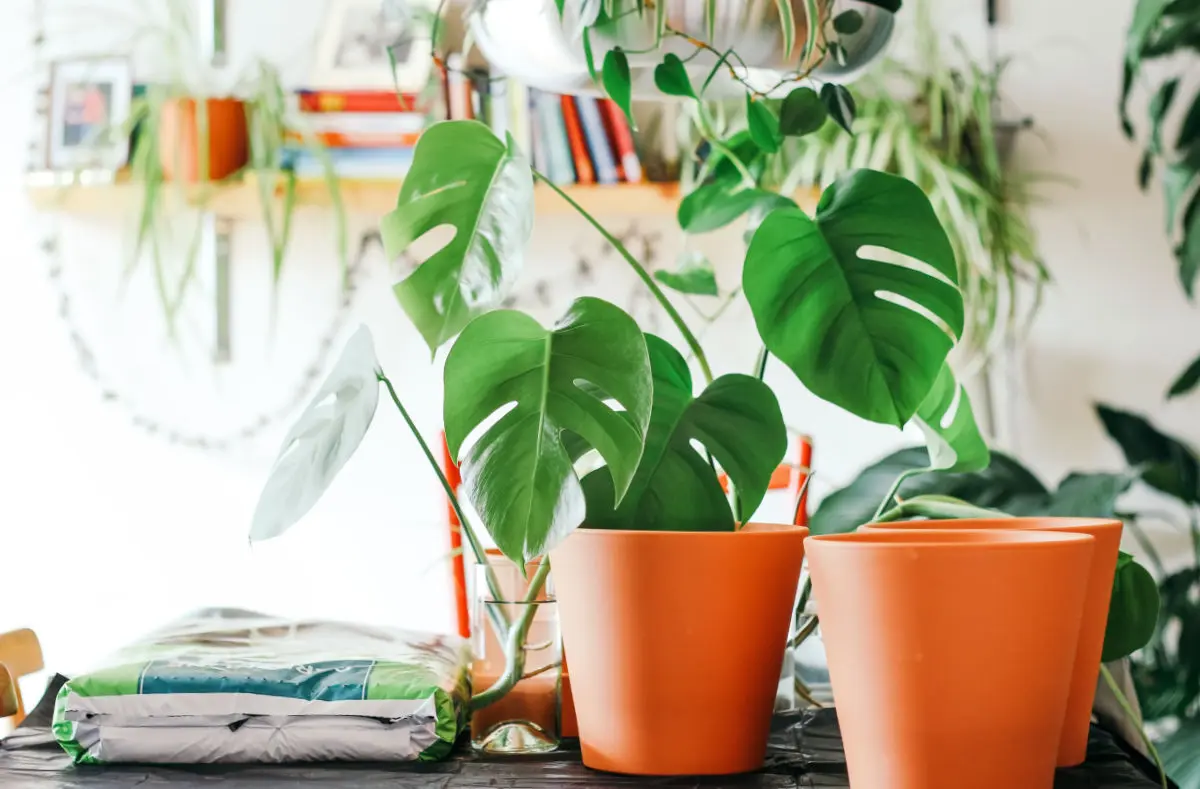Monstera Maintenance: Can I Trim Aerial Roots Safely?
If you have a Monstera plant with long aerial roots, you may be wondering if it's okay to trim them. This article discusses whether it's safe to trim Monstera aerial roots and provides guidance on how to do it properly.
By Tobias Holm —
Nurturing the vibrant, exotic look of a Monstera plant can often result in certain uncertainties. A frequently posed question among those who have a keen interest in indoor plants relates to the pruning of Monstera aerial roots. In the ensuing discussion, this topic will be examined in depth, providing beneficial tips and guidance on how to best navigate your Monstera’s growth and maintain its natural charm.
Understanding Monstera Aerial Roots: The What and Why
Monstera plants, hailing from the rich rainforests of Central and South America, are renowned for their unique aerial roots. These roots are not an anomaly but a natural adaptation to their environment.
In the wild, they serve a specific purpose - to anchor the plant to various structures, such as trees or rocks, enabling the Monstera to ascend toward the sunlight. Now, these roots may appear to be unnecessary or even intrusive in a home setting, but it's important to note that they are integral to the overall growth and stability of the plant.
They are not just decorative appendages but functional elements that contribute to the plant's survival and vigor. It's this comprehension of the role of aerial roots that forms the foundation for making an informed decision about whether or not to trim them.

To Trim or Not to Trim: Weighing the Pros and Cons
As you contemplate trimming your Monstera's aerial roots, you must consider the advantages and drawbacks.
One upside of cutting these prominent roots is that it can help to enhance the aesthetic appeal of your Monstera by providing a more tidy and clean appearance. It can also be particularly crucial if the roots have started to encroach upon spaces they should not be in.
However, on the downside, you could potentially risk subjecting your plant to stress and may notice a significant slowdown in its growth. The aerial roots are a vital part of the plant's health as they play a significant role in nutrient absorption. Moreover, these roots act as the plant's natural humidity absorber by soaking up moisture from their surroundings. Trimming these roots could lead to a decrease in this natural absorption, and you may have to monitor your plant more closely and possibly revise your watering routine to counterbalance this effect.
Therefore, consider these potential outcomes carefully and make a thoughtful and informed decision regarding the care of your Monstera plant.
How to Trim Monstera Aerial Roots Safely
If you've decided to trim the aerial roots of your Monstera, it's vital to approach this task with care.
The first step is to prepare your equipment. Make sure your shears are not only sharp but also sterile. This is crucial to prevent any potential spread of plant diseases. As you begin to trim, make your cut near the stem, but be cautious not to harm the main plant body.
It's advisable to trim roots that are no more than a quarter-inch thick to limit the potential shock to your Monstera. It's important to note that it's better to under-trim than over-trim - if you realize later that more trimming is needed, you can always repeat the process.
Alternatives to Trimming: Repotting and Training
Not entirely comfortable with the idea of trimming your Monstera's aerial roots? Don't fret. There are alternative methods available that won't involve potentially stressing your plant.
One such method is repotting your Monstera into a larger container. This allows for more room for the roots to extend, reducing their chances of becoming unruly or growing into unwanted spaces.
Another alternative is to train your plant's roots. This involves directing the growth of the roots in a specific path, such as around the circumference of the pot or up a moss pole. Moss poles are a particularly popular tool for climbers like Monstera, as they mimic the tree trunks these plants would naturally scale in the wild.
Both of these options tackle the issue of overgrown roots without necessitating a trim. They allow the roots to continue to fulfill their functions while maintaining the aesthetic balance of your houseplant. Whichever route you choose, the goal is to respect and work with your plant's natural tendencies to ensure its health and longevity.
Caring for Your Monstera Post-Trimming
In the wake of trimming your Monstera's aerial roots, vigilant observation of your plant is essential to gauge its recovery.
Signs of stress, such as drooping or discoloration in the leaves, should be closely monitored. Be aware that trimmed roots can affect the plant's ability to absorb moisture, necessitating a potential increase in your watering regime. Aim to keep your plant well-hydrated, but avoid overwatering as it can lead to root rot.
Providing ample indirect sunlight is also essential for its well-being. Regular misting can help replicate the humidity of its native tropical habitat, which the Monstera thrives in. Avoid drastic changes in the plant's environment post-trimming to allow it to adjust slowly and steadily.
With attentive care, your Monstera will be able to rebound from the trimming process and continue to flourish.
Preventing Overgrowth: Monstera Aerial Root Maintenance Tips
To inhibit excessive growth, it's essential to incorporate regular maintenance into your care routine for your Monstera.
Space allocation is critical - ensuring your plant has enough room to expand without becoming overgrown is key. Providing an adequate amount of light is also crucial, as too little light could lead to accelerated root growth as the plant seeks more sunlight.
Similarly, the size of the pot is of importance. If it's too small, the roots may start to circle the pot or grow out of the drainage holes. An indicator of overgrowth could be if the roots are expanding at a faster rate than usual. This rapid root growth may be the plant's way of telling you that it needs more moisture or sunlight.
By paying attention to these signs and adjusting your care routine accordingly, you can curb the need for extensive root trimming. Remember, preventing overgrowth is not about limiting your Monstera's growth but about managing it in a way that's healthy for the plant and suitable for your space.
Conclusion
Ultimately, the decision to trim the aerial roots of your Monstera is not a black-and-white one. While trimming is feasible, it requires a degree of prudence and must align with the plant's best interests.
Whether you opt for trimming or alternatives like repotting or training the roots, the crux of successful plant care lies in comprehending the needs of your plant.
Consistent maintenance is essential to ensure that your Monstera remains healthy and vibrant. Adopt a balanced approach that encourages growth while also maintaining harmony with your home environment. This delicate balance will allow your Monstera to flourish, serving as a stunning tropical accent to your living space.



